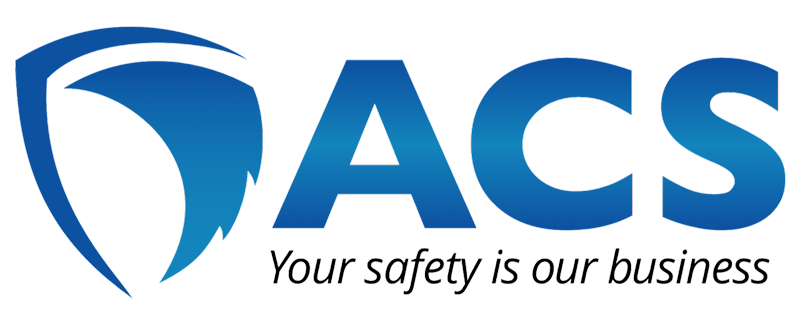Heat Illness Prevention
With the dog days of summer on us and temperatures across the country expected to continue to soar, OSHA’s Heat Illness Prevention Campaign serves as a timely reminder of the importance of protecting workers from heat-related hazards. Workers unprepared for outdoor heat have an increased risk for heat-related illnesses including heat exhaustion and life-threatening heat stroke. Heat illness prevention focuses on reducing the risk of heat-related illnesses by taking proactive measures to manage body temperature and exposure to hot environments.
Key Strategies for Heat Illness Prevention:
Hydration - Drink plenty of water, even when not thirsty, and consider electrolyte drinks for longer durations of activity in the heat.
Rest and Shade - Take frequent breaks in shaded or cool areas to allow the body to recover from exertion and heat exposure.
Appropriate Clothing - Wear light-colored, loose-fitting, and breathable clothing to help the body stay cool.
Acclimatization - Gradually expose yourself to the heat to allow your body to adapt and adjust to the warmer temperatures.
Work Practices - Schedule heavier work during cooler parts of the day and adjust work/rest schedules to minimize heat stress.
Monitoring - Be aware of the signs and symptoms of heat-related illnesses and monitor yourself and others for any changes in condition.
Personal Protective Equipment (PPE) - If PPE is required, ensure it is appropriate for the heat conditions and allows for adequate ventilation.
Environmental Controls - Utilize engineering controls such as fans, air conditioning, and ventilation to reduce ambient temperatures.
Heat Stress Monitoring - Use heat stress monitors to track environmental conditions and identify potential risks.
OSHA has numerous resources on their website, such as Work Safely in Heat: Plan Ahead and Be Prepared, to help workers to recognize and respond to heat-related illness symptoms. Workers and employers can also assess heat risk in real time with the free NIOSH/OSHA Heat Safety Tool App. The app calculates the heat index based on temperature and humidity, provides guidance on risk levels and recommended precautions, helping users make informed decisions to prevent heat illness on the job.
Preventing illness isn't always possible. Seek immediate medical attention if you are concerned someone is showing signs and symptoms of a heat-related illness, including a fever of 104 degrees Fahrenheit (40 degrees Celsius) or greater, confusion or agitation, heavy sweating and vomiting.
ACS offers onsite, live webinar, and online courses to assist with your heat illness prevention training needs. Contact ACS to schedule training today.

